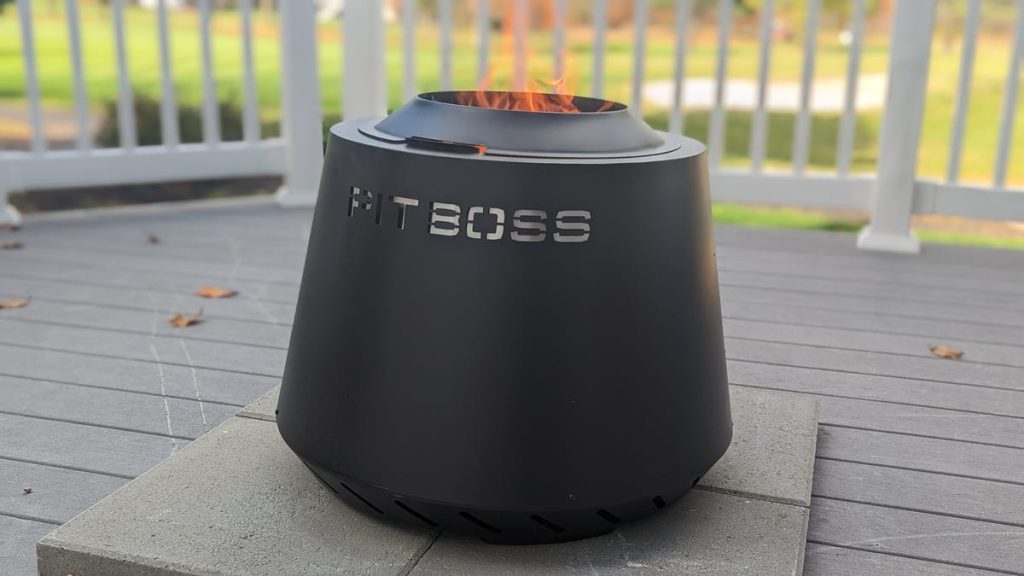Material
Consider the material of the fire pit when making your selection. Common options include steel, iron, copper, and stone. Steel and iron fire pits are durable and can withstand high temperatures, while copper fire pits develop a beautiful patina over time. Stone fire pits are often larger and more decorative, adding a natural element to your outdoor space. Choose a material that fits your aesthetic preferences and maintenance requirements.
Style
Fire pits come in a variety of styles, from traditional to modern, rustic to sleek. Consider the overall aesthetic of your backyard or outdoor space when choosing a fire pit style. Traditional fire pits often have a classic look with decorative details, while modern fire pits are sleek and minimalist. Rustic fire pits may feature natural elements like wood or stone, while sleek fire pits may have a contemporary design with clean lines. Select a style that complements your outdoor décor and personal taste.
Fuel Type
There are several fuel options for fire pits, including wood, propane, natural gas, and ethanol. Wood-burning fire pits provide a traditional campfire experience with crackling flames and the smell of burning wood. Propane fire pits are convenient and easy to use, with no need for firewood or cleanup. Natural gas fire pits are a permanent installation that requires a gas line connection, providing a continuous heat source. Ethanol fire pits are eco-friendly and clean-burning, ideal for a smaller outdoor space. Choose a fuel type that fits your lifestyle and outdoor setup.
Location
Selecting the right location for your fire pit is crucial for safety and enjoyment. Ensure the fire pit is placed on a level, non-flammable surface, such as a concrete patio or gravel area. Keep the fire pit at least 10 feet away from buildings, fences, trees, and other flammable objects to prevent the risk of fire. Have a water source nearby for emergencies, such as a garden hose or bucket of water. Consider the prevailing wind direction in your backyard and place the fire pit upwind to prevent smoke from blowing towards your home.
Cost
Fire pit prices vary widely depending on the size, material, style, and fuel type. Portable fire pits can be found for as little as $50, while high-end propane fire pits can cost hundreds of dollars. Built-in or custom fire pits may require a larger budget, with prices ranging from $1,000 to $5,000 or more. Consider your budget and desired features when selecting a fire pit, keeping in mind that additional costs may include installation, fuel, and maintenance. Choose a fire pit that offers the best value for your investment.
Safety
Safety should always be a top priority when using a fire pit in your backyard. Follow all safety regulations and guidelines for fire pit use in your area, including maintaining a safe distance from flammable objects and having a fire extinguisher or bucket of sand on hand. Supervise children and pets around the fire pit at all times to prevent accidents. Avoid using accelerants like gasoline or lighter fluid to start the fire, as they can cause flare-ups and injuries. Regularly clean and maintain your fire pit to prevent buildup of ash and debris, which can pose a fire hazard. By following safety precautions and guidelines, you can enjoy your fire pit safely and responsibly.












